The home as a healing machine
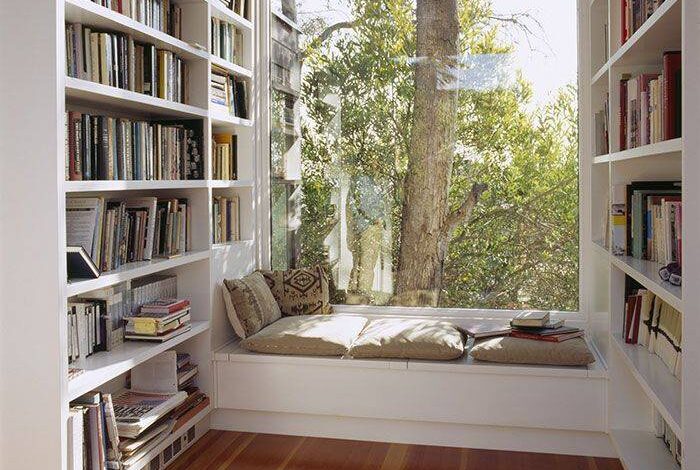
Wellness starts with what can’t be bought.
Natural light, ventilation, and spatial rhythm, for example, are more beneficial than any supplement. A home’s orientation affects how light and air flow, with morning light in the bedroom helping regulate circadian rhythms. Cross ventilation enhances air quality by reducing moisture and toxins.
Embracing these natural elements fosters well-being and a healthier lifestyle.
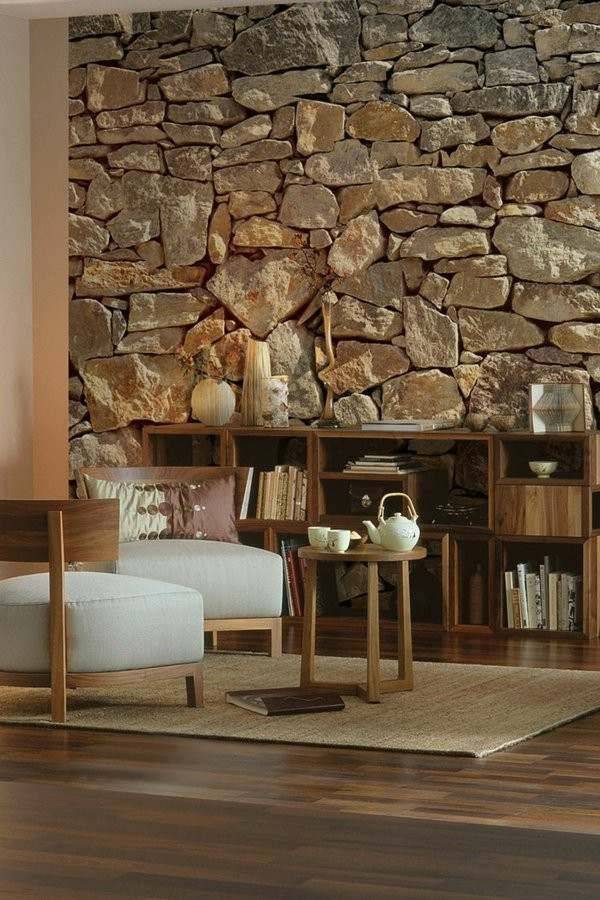
Material honesty over chemical romance
Material choices often hide behind a polished surface, but wellness demands transparency.
Volatile organic compounds (VOCs), found in paints, sealants, and manufactured boards, can off-gas for years. Prioritize low-VOC finishes, lime-based plasters, natural stone, clay tiles, or sustainably sourced timber. Even raw concrete, when properly treated, feels grounded and psychologically calming.
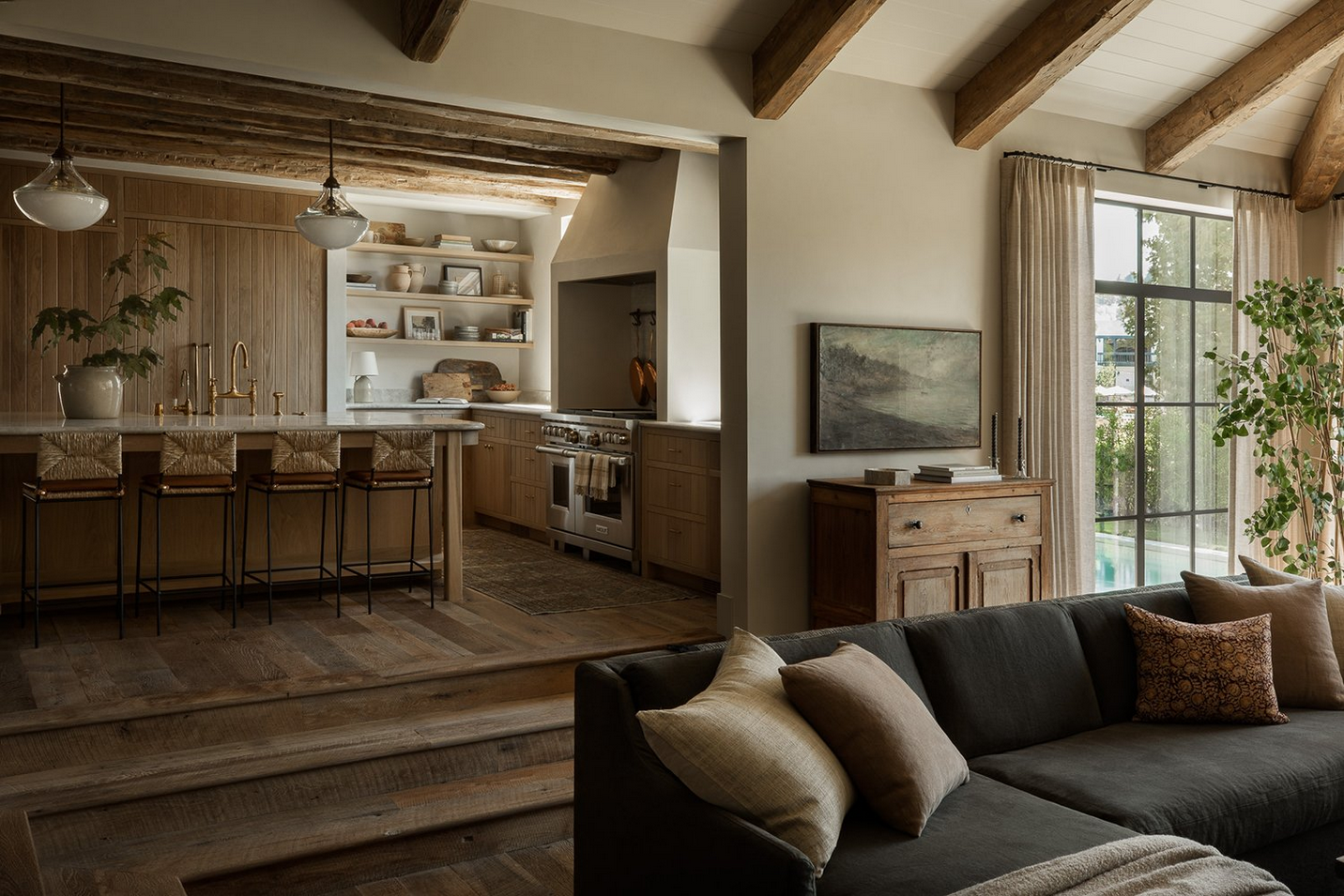
Color is a prescription
In a world of algorithm-curated interiors, color becomes less about style and more about stimulus. Soft blues, muted greens, and warm earth tones can activate the parasympathetic nervous system. Bright reds and oranges tend to excite or agitate.
Furnish for flow, not FOMO
A couch that encourages rest, a reading corner that catches the afternoon sun, a dining table that invites lingering conversations—these spatial affirmations reflect the aspirations of how people wish to live.
Furniture should define movement and pause zones. In compact homes, modular or nesting furniture allows flexibility without compromising peace. Clutter is rarely a storage issue. It is a mental one. Balancing hidden storage with open shelving offers clarity and access.
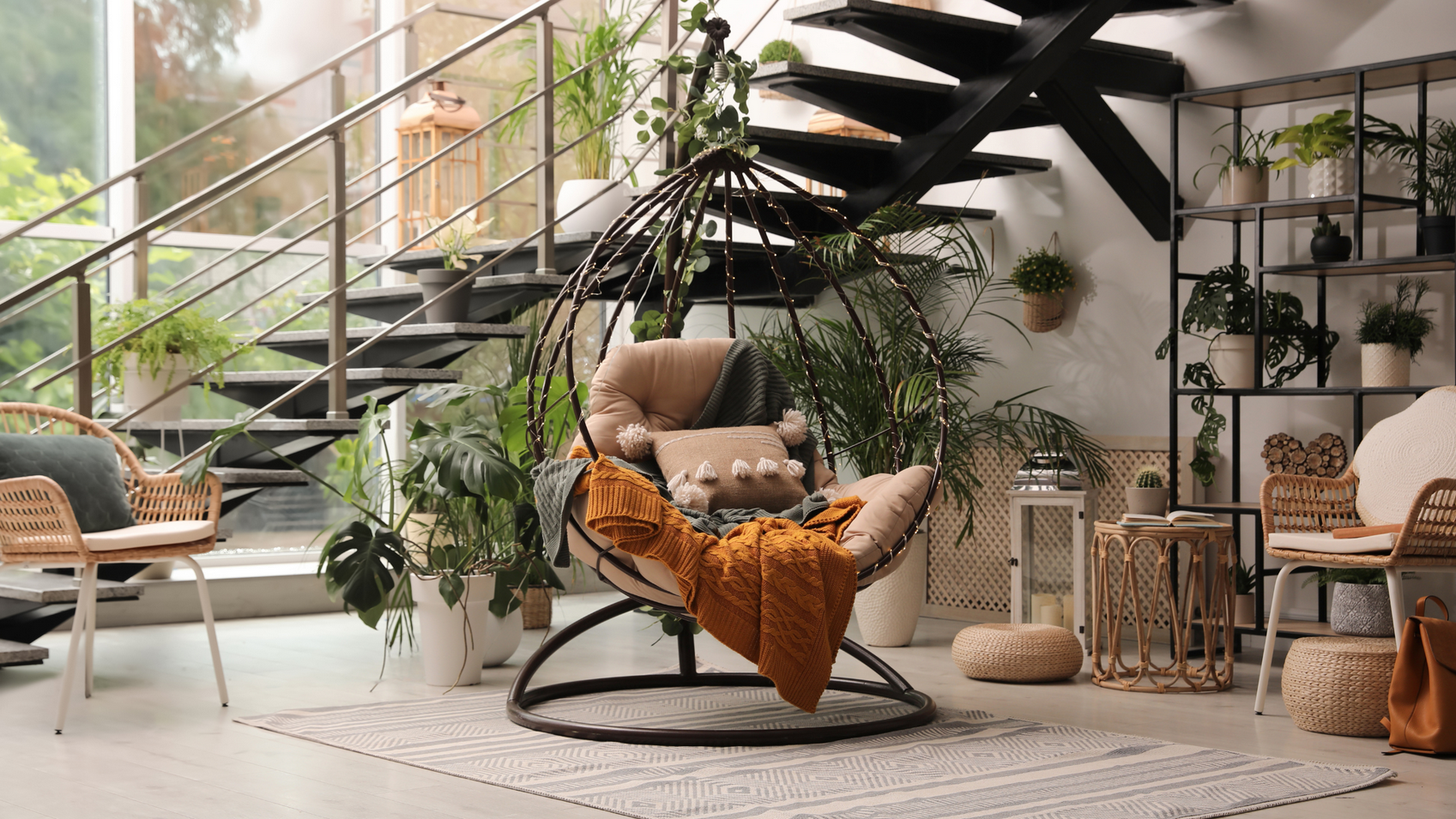
Let nature inside and let it stay
Environmental psychologist Roger Ulrich suggests that views of greenery can significantly lower stress and improve recovery from mental fatigue. Whether it is a window framing a tree, an indoor vertical garden, or even a humble pothos plant on a desk, living elements soften psychological edges.
Natural materials like rattan, cork, and wool extend this sensibility into touch. Where possible, create a visual connection to the outdoors by layering and continuity in indoor-outdoor finishes.
In urban homes, where outdoor access is often limited, micro-gardens, potted edible herbs, aquariums and small water features introduce sensory stimuli that ground residents in seasonal cycles. This reconnection with life processes, however small, cultivates a daily mindfulness that no screen or device can replicate.
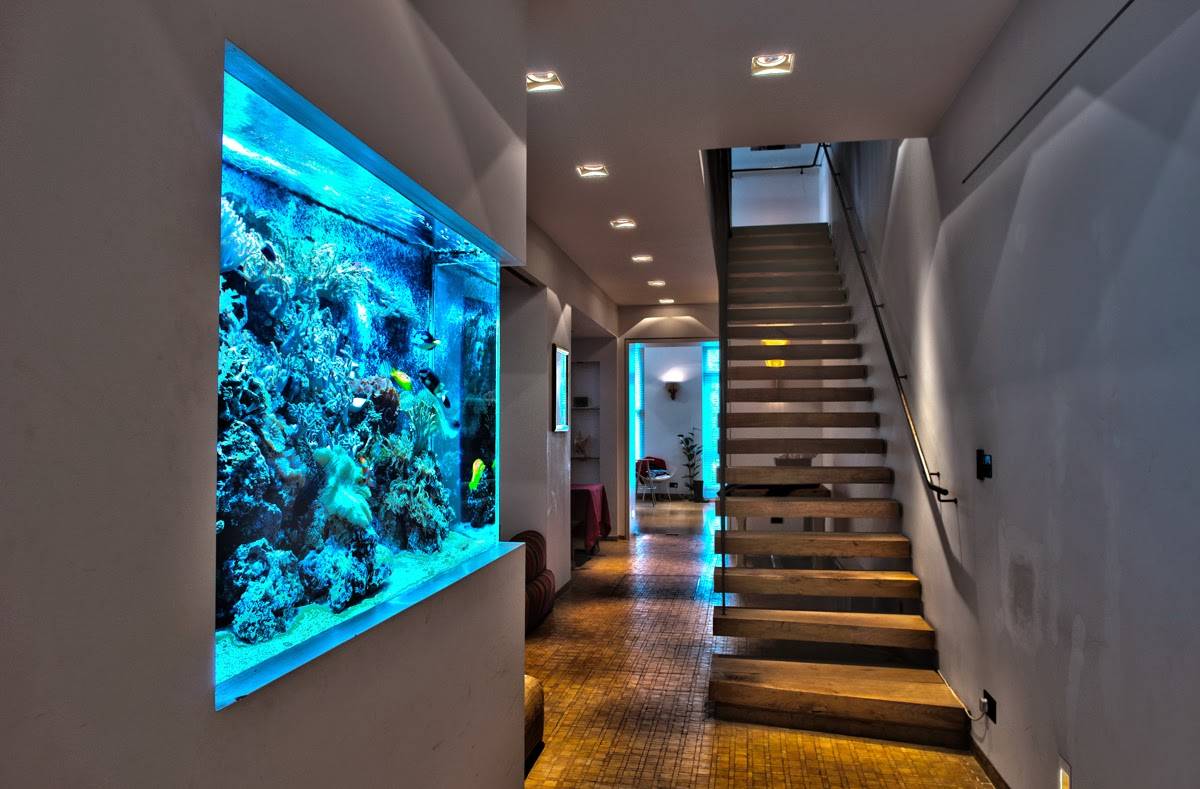
The psychology of thresholds
Entrances are transitions. A foyer, however small, creates a boundary between public noise and private calm. A mat, warm lighting, and a seating area signal psychological decompression.
Bathrooms should also act as sanctuaries rather than utilitarian spaces. Treat them with soft lighting, acoustic privacy, and touchable materials. They become personal retreats.
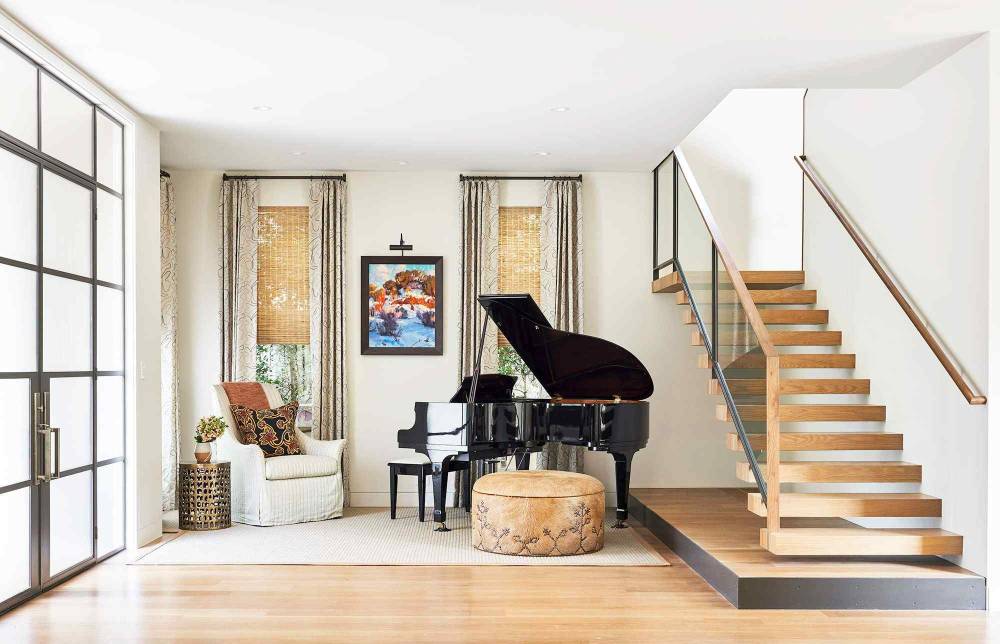
Scale, silence, and softness
Proportion shapes emotion. High ceilings in shared spaces uplift. Lower ceilings in bedrooms wrap the user in comfort. Properly designed acoustics deserve attention these days. Soft materials like textiles, rugs, and insulated panels absorb ambient sounds and unwanted noises.
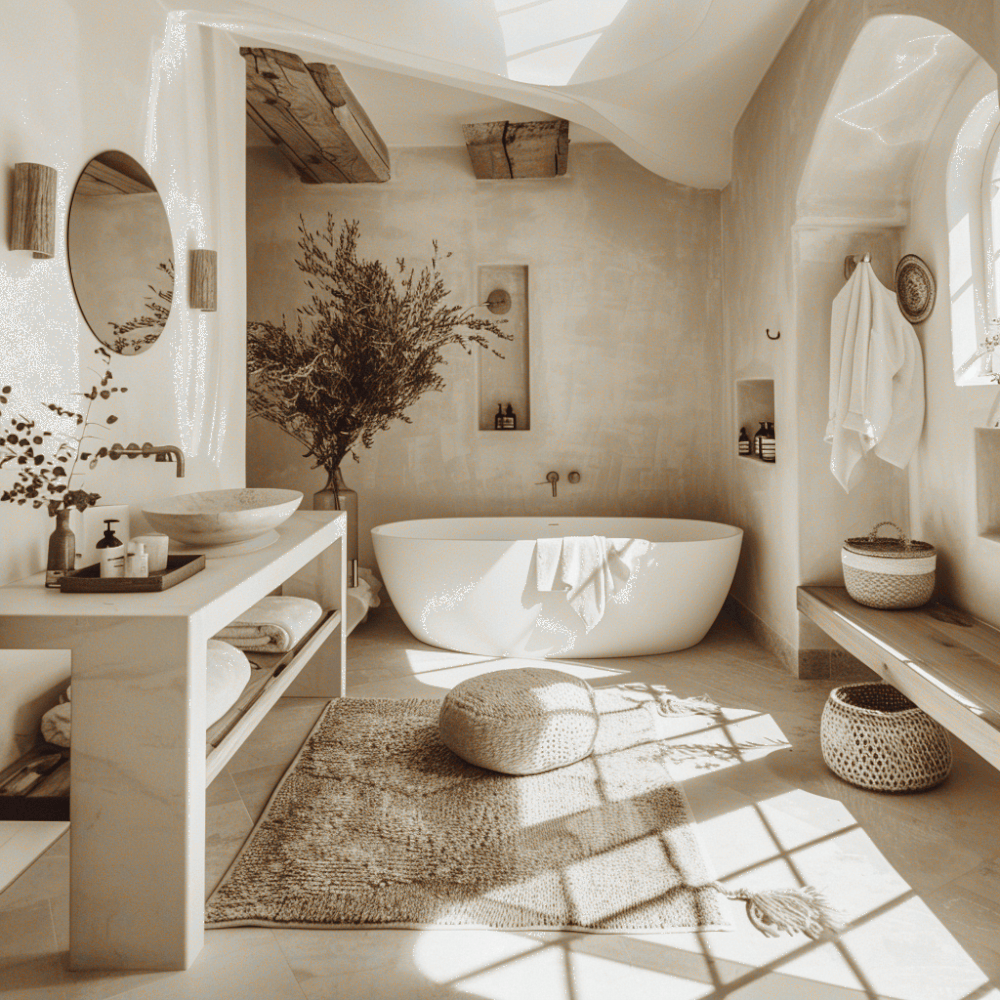
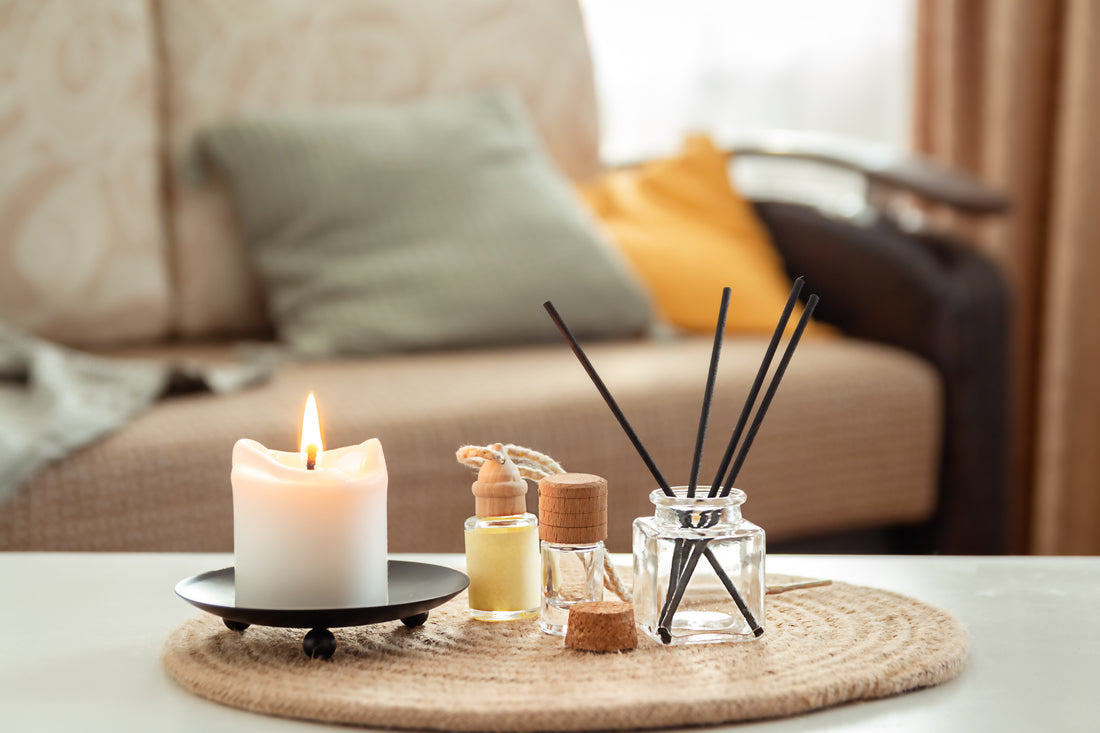
Scents that soothe, spaces that breathe
Olfactory design remains one of the most underutilized elements in wellness-focused interiors.
Scent is the only sense directly linked to the limbic system, which governs memory and emotion. A subtle aroma can ground a person, reduce stress, and signal transitions in the day. Essential oils like lavender, eucalyptus, and sandalwood have been studied for their calming and cognitive effects.—
The author (www.ianfulgar.com), is a leading architect with an impressive portfolio of local and international clients. His team elevates hotels and resorts, condominiums, residences, and commercial and mixed-use township development projects. His innovative, cutting-edge design and business solutions have garnered industry recognition, making him the go-to expert for clients seeking to transform their real estate ventures

















